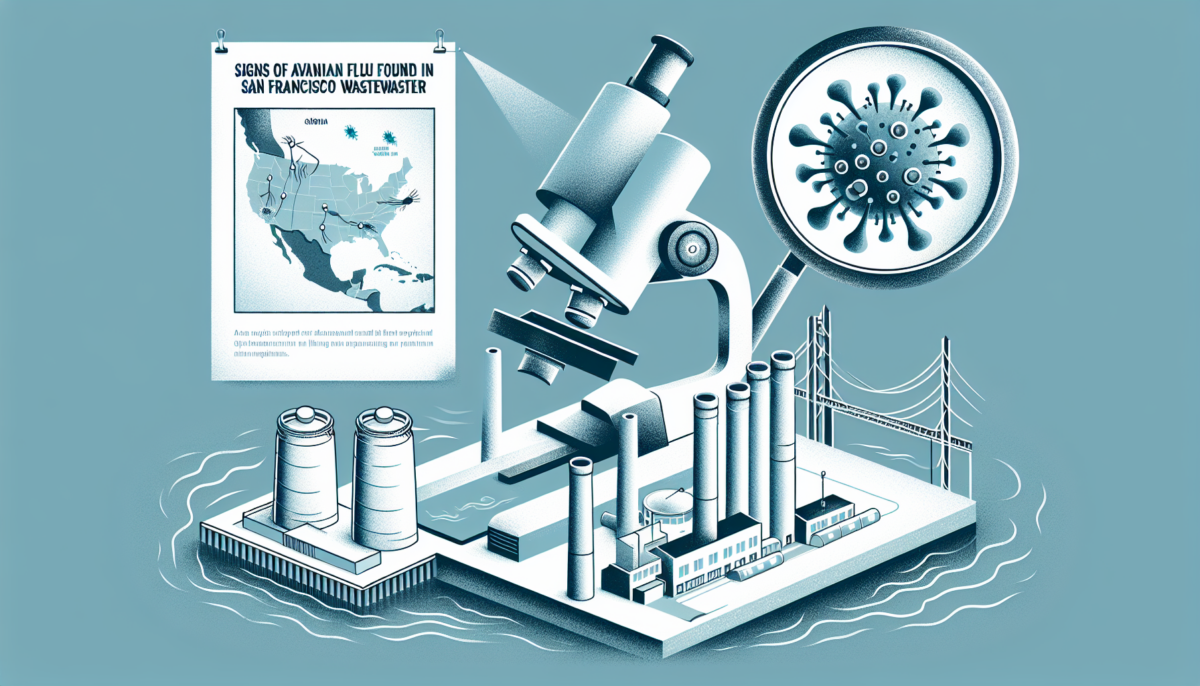Breast cancer in men is uncommon and this has led to challenges in conducting specific clinical trials for men. While studies on the subject indicate that the causes, diagnosis, and treatment of breast cancer in men are similar to those in women, there are key differences that need to be highlighted to raise awareness.
Breast Cancer in Men Is Increasing in Frequency
Currently, the lifetime risk of breast cancer in men is 1:1000. In the United States, male breast cancer represents 1% of all new breast cancer cases each year, with around 2800 new cases expected out of 300,590 breast cancer diagnoses in 2023.
Unfortunately, the incidence of this disease in males is on the rise.
Similar to breast cancer in women, the risk of breast cancer in men increases with age. Men are typically diagnosed at approximately 67 years old, about 5 years older than women on average (62 years old).
In addition to age, risk factors for men include:
- Black race
- Family history of breast cancer
- Genetic mutations
- Thoracic radiation therapy
- Hormone-related causes (such as increased serum estradiol, Klinefelter syndrome, gynecomastia, liver disease, obesity, and testicular pathology)
Read more: Breast Cancer Statistics
Genetic Factors Confer a High Risk of Breast Cancer for Men
Having a first-degree relative with breast cancer approximately doubles the risk of breast cancer in men, with mutations in BRCA1 and BRCA2 being the most established risk factors.
Data from the Consortium of Investigators of Modifiers of BRCA1/2 revealed that men with pathogenic variants of BRCA1 have a relative risk of 4.30, and those with pathogenic variants of BRCA2 have a relative risk of 44.0.
Studies have shown that men with BRCA2 mutations have an 80-fold increased risk of developing breast cancer compared to the general male population, with up to 1 in 10 male BRCA2 carriers developing breast cancer.
A study on multi-gene panel testing in 715 male breast cancer patients found pathogenic variants in 16 breast cancer susceptibility genes, with BRCA2 and CHEK2 being the most commonly mutated genes.
Male patients with BRCA1/2 mutations also have an elevated lifetime risk of prostate and pancreas cancer, among others.
To account for these risks and the increased risk for other cancers among individuals with mutations, National Comprehensive Cancer Network (NCCN) guidelines recommend considering multi-gene genetic testing in all men with breast cancer.
Additionally, Klinefelter’s syndrome, a rare genetic disorder, is associated with a significantly higher risk of developing breast cancer.

Diagnostic Considerations for Men With a Breast Lump
There is limited data to support routine screening mammography in men with an increased risk of breast cancer.
Most men with breast cancer typically present with a painless mass near the nipple. Other signs can include nipple retraction, nipple bleeding, skin ulceration, and palpable lymph node enlargement.
Due to the rarity of male breast cancer and the lack of routine screening, men often present with larger tumors and/or lymph node metastases more frequently than women with breast cancer.
Gynecomastia is the most common differential diagnosis, but breast cancer in men is almost never bilateral at diagnosis.
As only 1% of male breast cancers occur in men under 30, ultrasonography is recommended as the initial test for men under 25 with an indeterminate palpable mass.
For men over 25 or those with concerning findings, mammography is recommended, with ultrasound for confirmation if needed.
Males with suspicious lesions should undergo core biopsy for confirmation and to assess prognosis and potential benefits from therapies.
Histology of Breast Cancer in Males Differs From Females
Most men with breast cancer have clinically palpable nodules resulting in more invasive carcinomas rather than ductal carcinoma-in-situ.
Lobular carcinomas are less common in men compared to women, accounting for only 1% to 2% of cases, as the male breast lacks terminal lobules.
An analysis of tumor samples from men with breast cancer found that 99% of tumors were positive for estrogen receptor, indicating hormonal involvement in male breast cancer.
82% of breast cancer tumors in men were positive for progesterone receptor, and 97% were positive for androgen receptor. Only 9% were HER2-positive.
Staging for breast cancer in men follows the same guidelines as for women. It is recommended that all males with breast cancer undergo genetic testing.
Women with newly diagnosed breast cancer often undergo breast-conserving therapy, while most men opt for mastectomy. However, studies suggest that survival rates with breast-conserving surgery and radiation are comparable to mastectomy.
Sentinel node biopsies are recommended for men with clinically negative axilla. Similarly, radiation and adjuvant chemotherapy are advised based on the same criteria as for women with breast cancer.
Limited data exists on genomic assays in males, but the 21-gene assay can provide valuable prognostic information. Men with hormone receptor-positive breast cancer are more likely to benefit from endocrine therapy than HER2-targeted treatments.
The standard adjuvant endocrine therapy for men with hormone receptor-positive breast cancer is tamoxifen for 5 to 10 years. If tamoxifen is not suitable, GnRH analogs with or without aromatase inhibitors can be considered.
Treatment for metastatic breast cancer in men includes chemotherapy, HER2-targeted agents, immunotherapy, and more, following similar guidelines as for women.
CDK4/6 inhibitors, mTOR inhibitors, and PIK3CA inhibitors have not been extensively studied in males, but may be used based on data from studies predominantly involving females.
Source link






